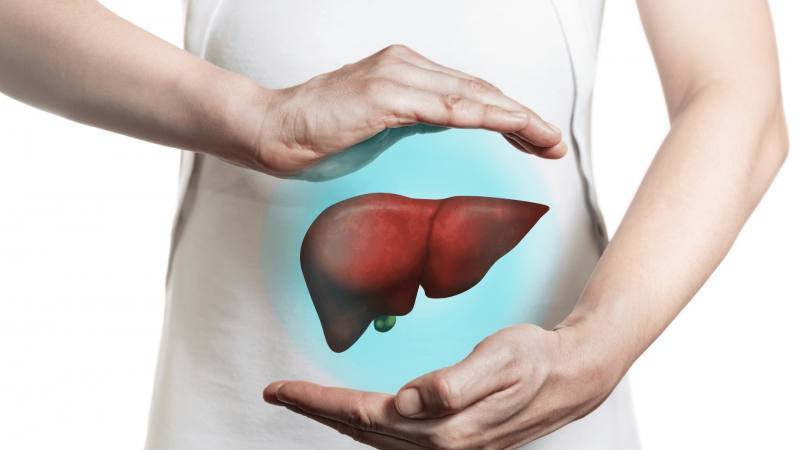02/11/15: Tumour paint from scorpion venom helps fight cancer
While most of us would run away from scorpions, Jim Olson (an Oncologist in Seattle) is using them to help fight cancer. Olson created a "tumour paint" which can attach itself to cancer cells and light them up. The paint is developed from a compound, chlorotoxin, found in scorpion venom. From research on mice,
"we grew a human tumour on the back of a mouse; we connected the toxin (from the deathstalker scorpion) to a fluorescent tag and injected it into the mouse, and a couple of hours later the cancer was brightly glowing. It was a very exciting day."
04/11/15: New computational strategy finds brain tumour-shrinking molecule
Patients with glioblastoma, a type of malignant brain tumour, usually survive fewer than 15 months following diagnosis. Since there are no effective treatments for the deadly disease, University of California, San Diego researchers developed a new computational strategy to search for molecules that could be developed into glioblastoma drugs. In mouse models of human glioblastoma, one molecule they found shrank the average tumour size by half. The study is published October 30 by Oncotarget.
Losing sense of smell could be linked to poor health
Your sense of smell might be more important than you think. It could indicate how well your immune system is functioning, a study in mice suggests.
Journal reference: Frontiers in Neuroscience, DOI: 10.3389/fnins.2015.00318
https://www.newscientist.com/article/dn28442-losing-sense-of-smell-could-be-linked-to-poor-health/
05/11/15: Kangaroo flatulence research points to new climate change strategy for farmers
New analysis of kangaroo farts show they produce relatively little methane – unlike sheep or cattle – a potent greenhouse gas. Researchers hypothesized that kangaroos might have a unique mix of micro-organisms in their stomachs that produce less of the gas and that by transplanting these micro-organisms, cattle and sheep might produce less methane. However, new findings suggest otherwise - the methane is low because of the way food moves through the kangaroo stomach, and not because of a unique gut fauna.
Cockroaches are inspiring research into antibiotics, robots and mechanical limbs
Cockroaches are often associated with dirty kitchens and grimy bathrooms but they are also source of inspiration for scientists. Out of the 4,500 known species of cockroach, only four are considered pests. Most don't live near human homes and they perform a vital ecological role, eating dead and decaying matter. In 1999, the way cockroaches moved inspired Prof Robert Full at the University of California, Berkley, to devise a six-legged robot that moved faster and more easily than any others. The insects' legs are also providing ideas for researchers designing the next generation of prosthetic legs for humans. Then there's the robotic roach - a fusion of live cockroach and mini-computer, surgically attached to its back. By sending messages to the computer, the cockroach can be directed to places that are hard for to humans to access, such as collapsed buildings or broken sewers, where they collect data. There is cockroach-related research in medicine too. Scientists had long wondered how roaches could spend their lives in dirty environments with no ill effects and it turns out they produce their own powerful antibiotics.
http://www.bbc.co.uk/news/magazine-34517443
06/11/15: Rat study explains why so many alcohol drinkers are also smokers
According to a new study, nicotine cancels out the sleep-inducing effects of alcohol. This may explain why the use of alcohol and nicotine is so closely linked. The nicotine in rats acted via the basal forebrain to suppress the sleep-inducing effects of alcohol. More than 85% of U.S. adults who are alcohol-dependent are also nicotine-dependent. According to the World Health Organization, more than 7 million deaths each year are attributed to alcohol and nicotine use. This research has implications to improve health, not only for heavy drinkers and smokers, but also for individuals with mental health conditions such as schizophrenia, which often is associated with smoking.
http://www.alnmag.com/news/2015/11/rat-study-explains-why-so-many-alcohol-drinkers-are-also-smokers
Last edited: 28 July 2022 08:37


